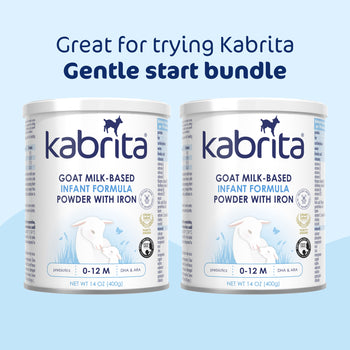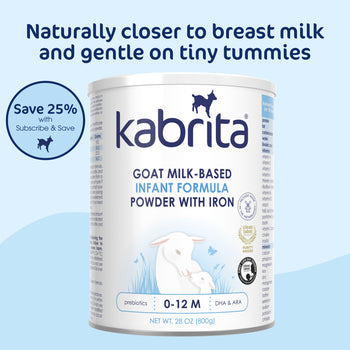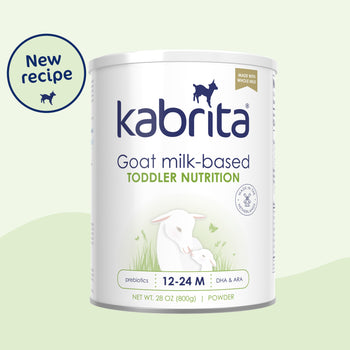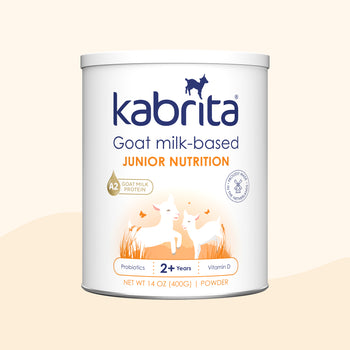Symptom Spotlight: Nasal Congestion

All babies and children experience the occasional stuffy nose. It tends to come and go within a week and can often be related to illness. Chronic nasal congestion, on the other hand, lingers and can be caused by factors such as diet and the environment. Read on to learn more about this common childhood ailment – and our best advice for treatment and prevention.
What is Nasal Congestion?
Nasal congestion often referred to as a stuffy or blocked nose, is the result of a blockage in the nasal passages that typically arises from swelling or mucus. Chronic congestion (rhinitis) refers to the inflammation of the mucus membrane inside the nose and is one of the most common causes of nasal congestion in children.
What are Symptoms of Nasal Congestion?
Nasal congestion is associated with a stuffy or blocked nose; a runny nose, sneezing, and post-nasal drip. In some children, there may also be itching in the nose, eyes, or throat.
What are the Causes of Nasal Congestion?
Inflammation and mucus production in the nasal passages is the result of irritation. Acute nasal congestion is typically associated with irritation from a respiratory infection and congestion that is seasonal may be the result of an environmental trigger, as in hay fever.
Chronic nasal congestion may be the result of a dietary trigger – food allergy or sensitivity may lead to inflammation in the nasal passage. For some children, nasal congestion may be associated with minor issues associated with cow milk sensitivity. Cow milk sensitivity is a dietary trigger that may lead to nasal congestion in some children.
Chronic nasal congestion may also be the result of environmental irritants such as dust or mold.
What are the Solutions to Nasal Congestion?
The treatment of chronic nasal congestion depends on the underlying cause. To ease uncomfortable symptoms, a nasal aspirator or bulb syringe may be useful for removing mucus from a blocked nose. Some parents also find that a saline nasal spray is effective for clearing the nose and flushing out environmental irritants. A cool mist vaporizer may also help to moisten airways and loosen dry mucus.
Parents are often told children will “just grow out” of uncomfortable symptoms – but there are often many factors we can examine to help them feel better. Identifying and eliminating environmental and/or dietary irritants may be helpful.
For example, removing dietary triggers, such as cow milk, may ease chronic nasal congestion for some children. A useful starting point is to keep a 7-day diet diary in order to see a potential relationship between food intake and stuffy nose symptoms. If cow milk appears to be a trigger, consider swapping it out for naturally easy to digest Kabrita Goat Milk Toddler Nutrition*.
Kabrita Goat Milk Toddler Formula may be an option for little ones during feeding transitions, such as weaning and supplementing, or those with minor issues associated with cow milk sensitivity.
*Not suitable for children with confirmed cow milk protein allergy



